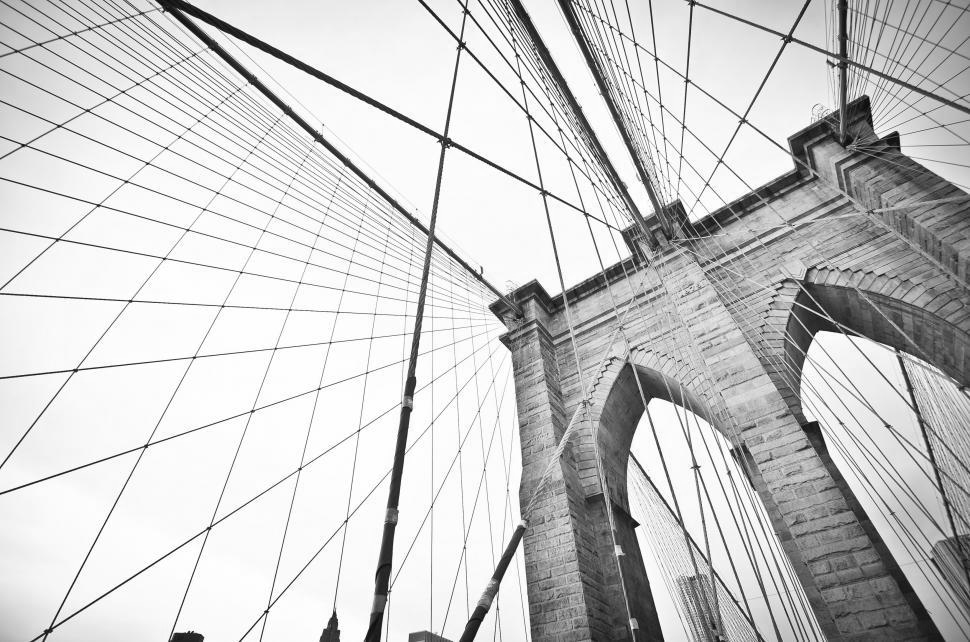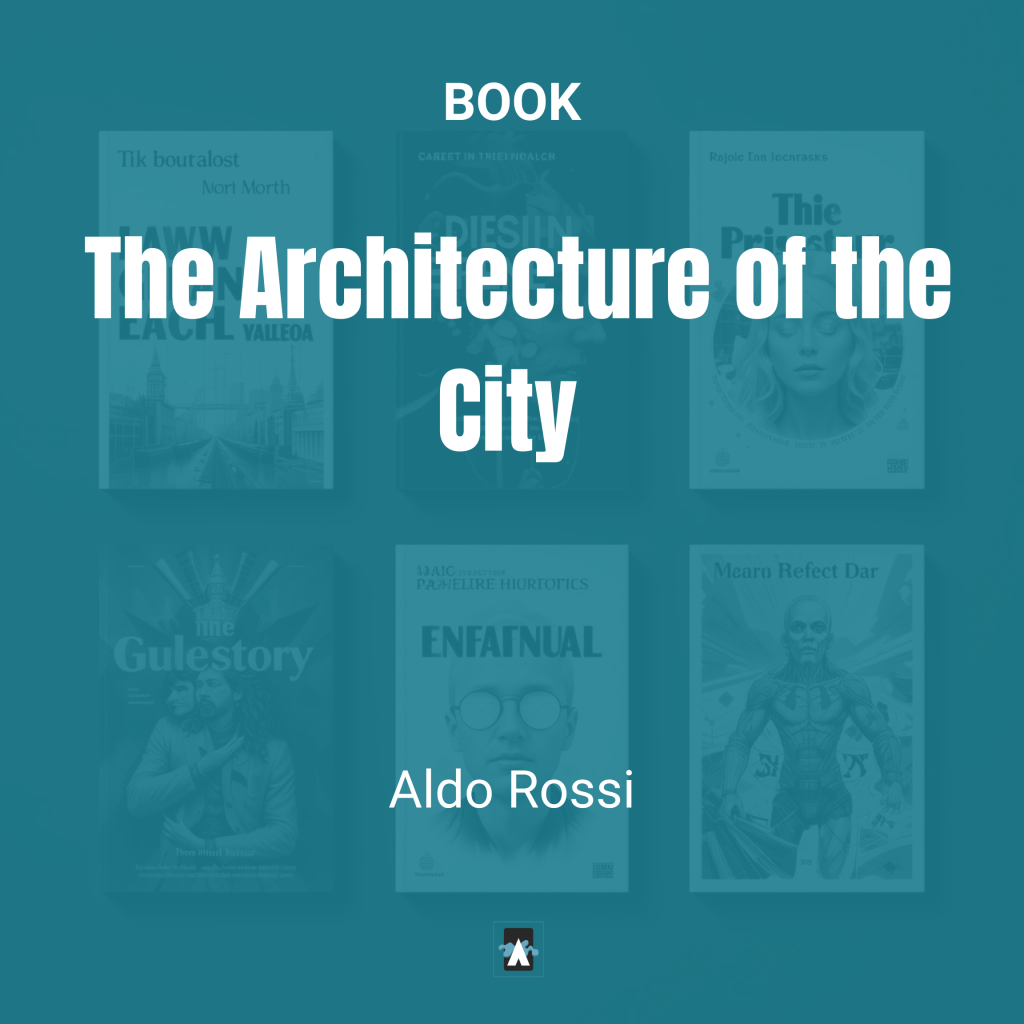Brooklyn Bridge Park: A Model for Urban Renewal Through Rewilding
The air was crisp as Will Hunter stepped onto the edge of the East River. Before him, the towering arches of the Brooklyn Bridge framed the skyline of Manhattan, a reminder of New York City’s relentless energy. But Will wasn’t here to admire the bridge; he was here to explore the transformation beneath it—Brooklyn Bridge Park, a testament to the power of urban renewal and the principles of rewilding in action.
.
Stretching over 85 acres along the historic Brooklyn waterfront, Brooklyn Bridge Park was far more than just a park; it was a vibrant ecosystem, a testament to the ingenuity of urban planners and landscape architects. This wasn’t simply a case of greenwashing—of slapping some grass on concrete and calling it a day. This was a deliberate effort to reconnect the city with its waterfront, to create a space that celebrated both the industrial past and the vibrant future of this iconic corner of New York.
.
Designed by the renowned landscape architecture firm Michael Van Valkenburgh Associates, the park was a masterpiece of urban design. It was a delicate balance of ecological restoration, recreational spaces, and historical preservation. Will began his exploration at Pier 1, where rolling lawns and winding paths offered sweeping views of the river and the dazzling Manhattan skyline.
.
“It’s not just a park,” he thought, observing the lively scene unfolding before him – children playing on the lawns, families picnicking, and artists sketching the cityscape. “It’s a bridge between the past and the future, a testament to the power of urban renewal to create vibrant and livable spaces for all.”
.
As he wandered deeper, Will encountered remnants of the site’s industrial past. The designers had masterfully preserved elements of the old piers, integrating them into the landscape. Rusted steel beams, once part of the bustling waterfront, were now transformed into striking art installations, whispering tales of the park’s industrial heritage. Wooden pilings, jutting out from the water like ghostly sentinels, served as reminders of the site’s history, adding a layer of historical depth to the park.
.
A park ranger, sensing Will’s curiosity, approached him. “The park was designed to be resilient,” she explained, pointing towards a stretch of salt marsh. “We’ve incorporated natural features like these salt marshes to absorb floodwaters, protect the shoreline from erosion, and create vital habitats for wildlife.”
.
Will continued his exploration, reaching Pier 5, where a sprawling lawn and sports fields buzzed with activity. The park was not just a passive space for contemplation; it was a dynamic hub for the community, a place where residents could gather, play, and connect. He stopped at the water’s edge, where kayakers paddled past restored tidal wetlands, a testament to the park’s commitment to ecological restoration. The seamless integration of natural and urban elements, the harmonious coexistence of recreation and environmental stewardship, made Brooklyn Bridge Park a true model for rewilding in the urban context.
.
As dusk fell, Will climbed to the top of the park’s granite terrace, where a series of stone steps provided a quiet spot to reflect. The lights of Manhattan twinkled across the river, their glow mirrored in the gentle ripples below. The park, bathed in the warm glow of the setting sun, was a testament to the power of human ingenuity and the enduring spirit of the city.
.
“Brooklyn Bridge Park,” Will realized, “is more than just a park; it’s a powerful statement about the future of urban living. It demonstrates how we can reconnect with nature, revitalize our cities, and create spaces that are both beautiful and sustainable.”
Learning Points:
- The Principles of Urban Rewilding: Understanding how rewilding principles can be applied to revitalize urban spaces, creating more sustainable, resilient, and livable cities.
- The Importance of Community Engagement in Urban Renewal: Exploring the role of community involvement in successful urban revitalization projects, such as Brooklyn Bridge Park.
- The Integration of Ecology and Design: Examining how ecological principles can be seamlessly integrated into urban design to create vibrant and sustainable public spaces.
- The Role of Public Spaces in Enhancing Quality of Life: Understanding the social, environmental, and economic benefits of well-designed public spaces, such as increased access to green space, improved air and water quality, and enhanced community well-being.
- The Importance of Historical Preservation in Urban Renewal: Exploring how to respectfully incorporate historical elements into urban renewal projects, creating a sense of place and connecting communities to their past.
Keywords:
- Brooklyn Bridge Park
- Urban Renewal
- Rewilding Cities
- Landscape Architecture
- Waterfront Parks
- Public Space Design
- Urban Ecology
- Sustainable Urbanism
- Community Engagement
- Environmental Restoration
- Climate Resilience
- New York City
- Urban Planning
- Environmental Design
This fictional story is set within the dreams of Will Hunter, a character created to explore the intersection of imagination and design. Dive into his dreamscape and discover how storytelling can illuminate real-world lessons in architecture and creativity.
Some of the links on this website may be affiliate links. This means that if you click on the link and make a purchase, we may receive a small commission. We only recommend products and services that we genuinely believe will be beneficial to our readers.



